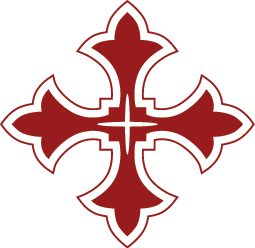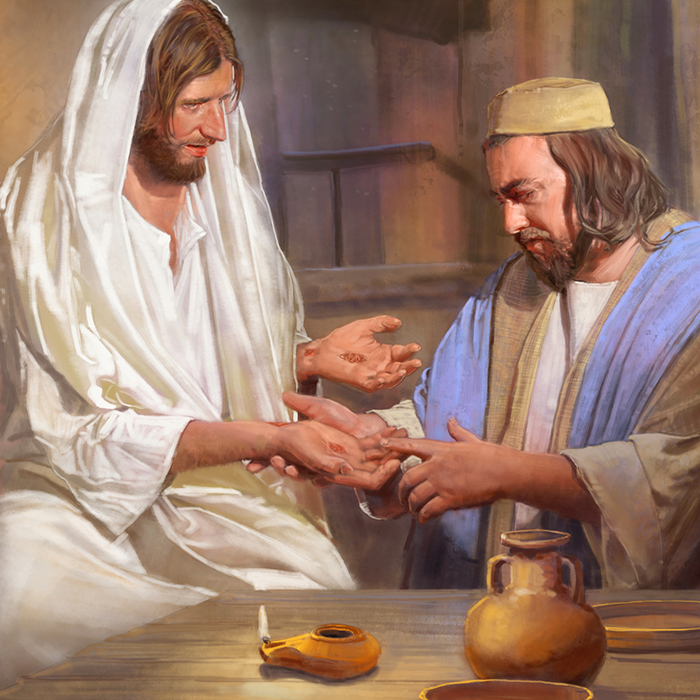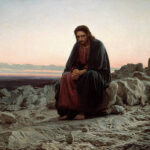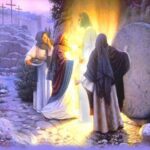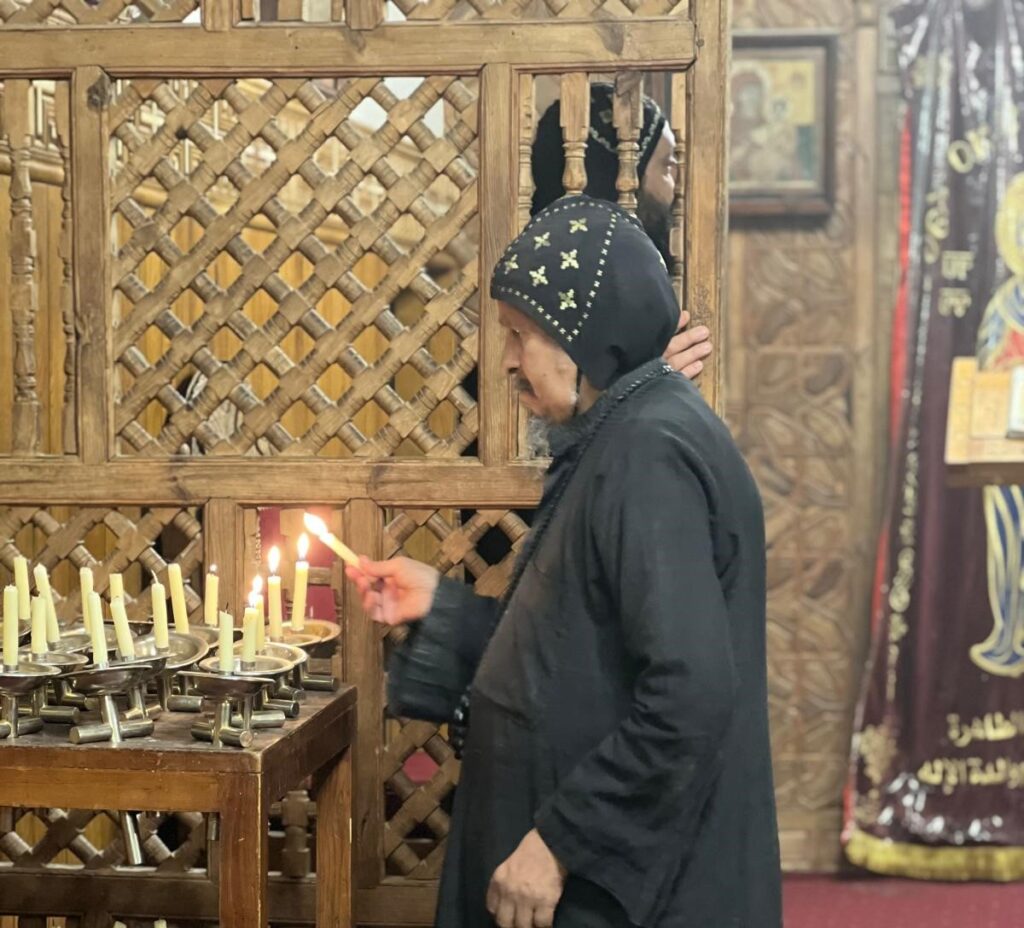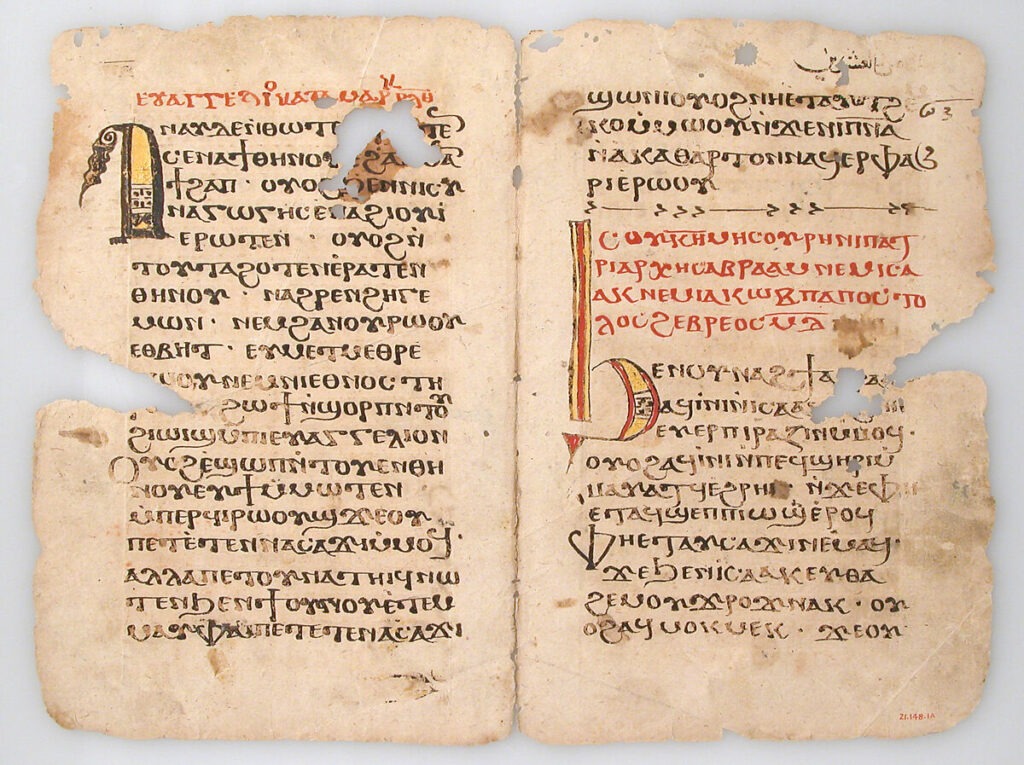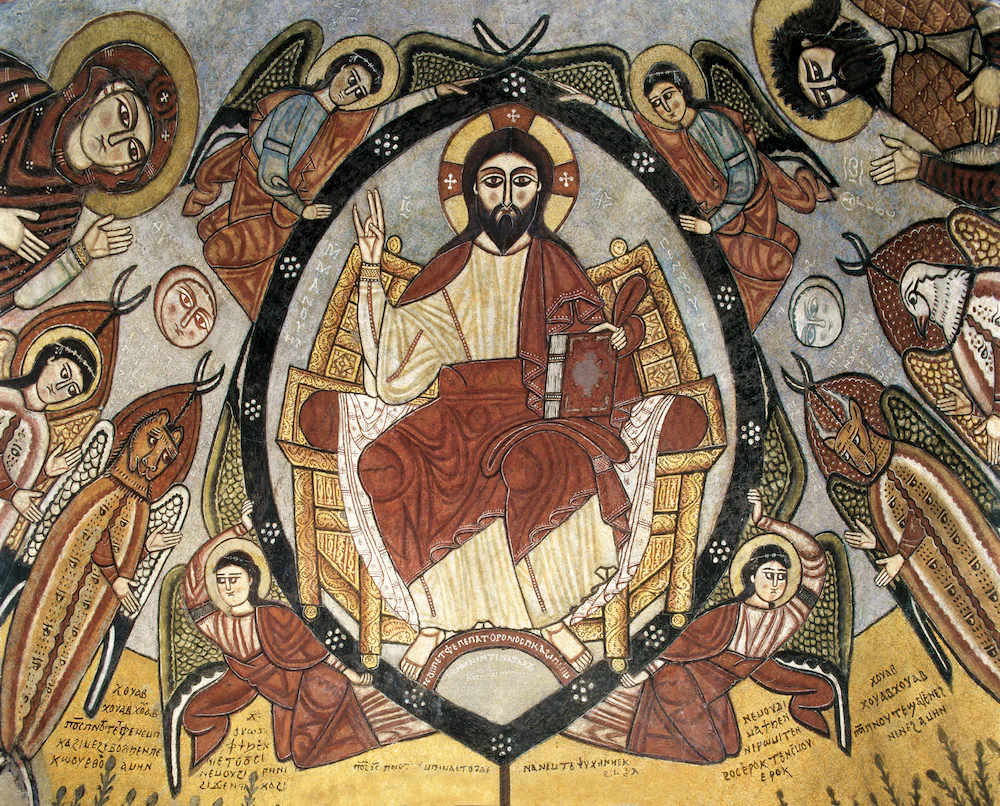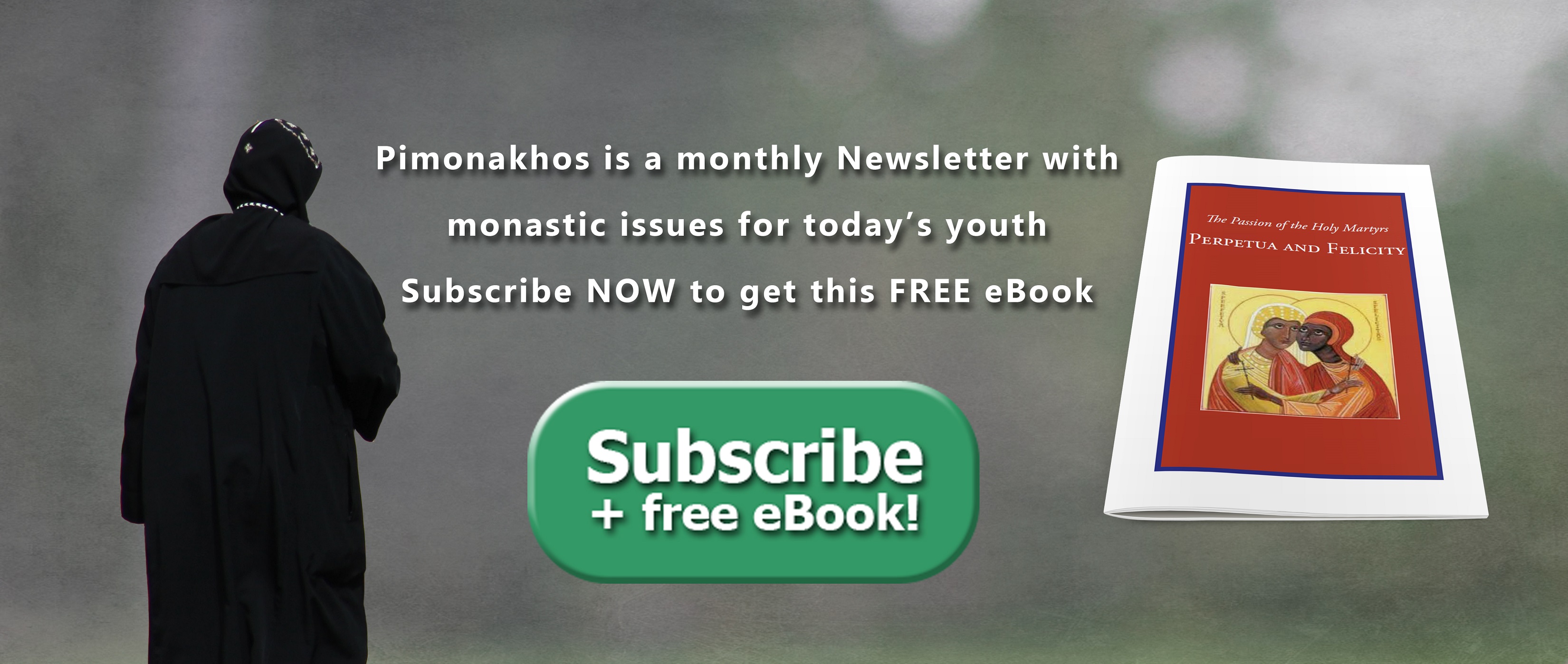Doubting Thomas "…24Now Thomas, called the Twin, one of the twelve, was not with them when Jesus came. 25The other disciples therefore said to him, "We have seen the Lord." So he said to them, "Unless I see in His hands the print of the nails, and put my finger into the print of …
Doubting Thomas
“…24Now Thomas, called the Twin, one of the twelve, was not with them when Jesus came. 25The other disciples therefore said to him, “We have seen the Lord.” So he said to them, “Unless I see in His hands the print of the nails, and put my finger into the print of the nails, and put my hand into His side, I will not believe…”
To believe carelessly and in a random way, comes of an over-easy temper; so to be beyond measure curious and meddlesome, marks a most gross understanding. On this account Thomas is held to blame.
When the Apostles said, “We have seen the Lord” Thomas did not believe them–not because he mistrusted them, but he considered the resurrection from the dead was impossible. Since he did not say, “I do not believe you,” but, “Unless I put my hand–I do not believe.” But how was it, that when all were collected together, he alone was absent? Probably after the dispersion, which had lately taken place, he had not returned even then.
When you see the unbelief of the disciple, do you consider the loving-kindness of the Lord–that He showed Himself with His wounds for the sake of a single soul? He came in order to save even the one, though he was more tangible than the rest; on which account indeed he sought proof from the most tangible of the senses, and would not even trust his eyes. He did not say, “Unless I see,” but, “Unless I handle,” lest what he saw might somehow be an apparition. Yet the disciples, who told him these things, were at the time worthy of credit, and so was He that promised. But since he desired more, Christ did not deprive him even of this.
And why doesn’t He appear to him immediately instead of “after eight days” (v. 26.)? In order that being in the mean time continually instructed by the disciples, and hearing the same thing, he might be inflamed to more eager desire, and be more ready to believe for the future. How did he know that His side had been opened? After hearing it from the disciples. How then did he believe partly, and partly not believe? Because this thing was very strange and wonderful.
But observe, I pray you, the truthfulness of the disciples, how they hide no faults, either their own or others’, but record them with great veracity.
Jesus again presented Himself to them, and did not wait to be requested by Thomas, nor to hear any such thing, but before he had spoken, Himself prevented him, and fulfilled his desire; showing that even when he spoke those words to the disciples, He was present. For He used the same words, and in a manner conveying a sharp rebuke, and instruction for the future…
“…27Then He said to Thomas, “Reach your finger here, and look at My hands; and reach your hand here, and put it into My side.” And He added, “Do not be unbelieving, but believing…”
Do you see that his doubt proceeded from unbelief? But this was before he had received the Spirit. After that, he no longer doubted, but for the future, they were perfected. And Jesus did not only rebuke him in this way, but also by what follows. For when he, being fully satisfied, breathed again, and cried aloud,
“…28 ‘My Lord and my God!…29Jesus said to him, ‘Thomas, because you have seen Me, you have believed. Blessed are those who have not seen and yet have believed’…”
For this is of faith, to receive things not seen. Since, “Faith is the substance of things hoped for, the evidence of things not seen.” [Heb. 11:1]. And here He pronounces a blessing not only for the disciples but also for those who after them should believe.
“But,” someone might say, “the disciples saw and believed.” Yes, but they sought nothing of the kind, but from the proof of the linen cloths, they immediately received the word concerning the Resurrection, and before they saw the body, exhibited all faith. Therefore, when anyone in the present day says, “I wish that I had lived in those times, and had seen Christ working miracles,” let them reflect, that, “Blessed are those who have not seen, and yet have believed.” [Jn. 20:29].
It is worth inquiring, how an incorruptible body showed the prints of the nails and was tangible by a mortal hand. Do not be disturbed. What took place was a matter of condescension. For that which was so subtle and light as to enter in when the doors were shut, was free from all density. But this marvel was shown, so that the Resurrection might be believed, and that men might know that it was the Crucified One Himself, and not that another rose in His place. On this account, He arose bearing the signs of the Cross, and on this account, He ate.
At least the Apostles everywhere made this a sign of the Resurrection, saying, “To us who ate and drank with Him.” [Acts 10:41]. Therefore, when we see Him walking on the waves before the Crucifixion, we do not say, that that body is of a different nature, but of our own. Also, after the Resurrection, when we see Him with the prints of the nails, we will no more say, that He is therefore corruptible. For He exhibited these appearances on account of the disciples.
“…30And truly Jesus did many other signs in the presence of His disciples, which are not written in this book…”
Since this Evangelist has mentioned fewer than the others, he tells us that neither have all the others mentioned them all, but as many as were sufficient to draw the hearers to believe. For he said, “If they should be written every one, I suppose that even the world itself could not contain the books.” [c. 21:25]. Thus, it is clear that what they have mentioned they wrote not for display, but only for the sake of what was useful. For how could they, who omitted the greater part, write these others for display? But why didn’t they go through them all? Mainly because of their great number. Besides, they also considered that he who did not believe in those [miracles] they mentioned would not give heed to a greater number. While, he who received these, would have no need of another in order to believe. He also seems to me to be for the time speaking of the miracles after the Resurrection. Therefore, he said,
“…In the presence of His disciples…”
For as before the Resurrection, it was necessary that many should be done, in order that they might believe that He was the Son of God, so was it also after the Resurrection, in order that they might admit that He had arisen. For another reason, also he has added, “In the presence of His disciples,” because He conversed with them alone after the Resurrection; wherefore also He said, “The world will see Me no more.” [c. 14:19]. Then, in order that you may understand that what was done only for the sake of the disciples, he added,
“…31but these are written that you may believe that Jesus is the Christ, the Son of God, and that believing you may have life in His name…”
Speaking generally to mankind, and showing that not on Him who is believed on, but on ourselves, he bestows a very great favour. “In His Name,” that is, “through Him”; for He is the Life.
By: St John Chrysostom
From: Homily 87 on the Commentary of St John
